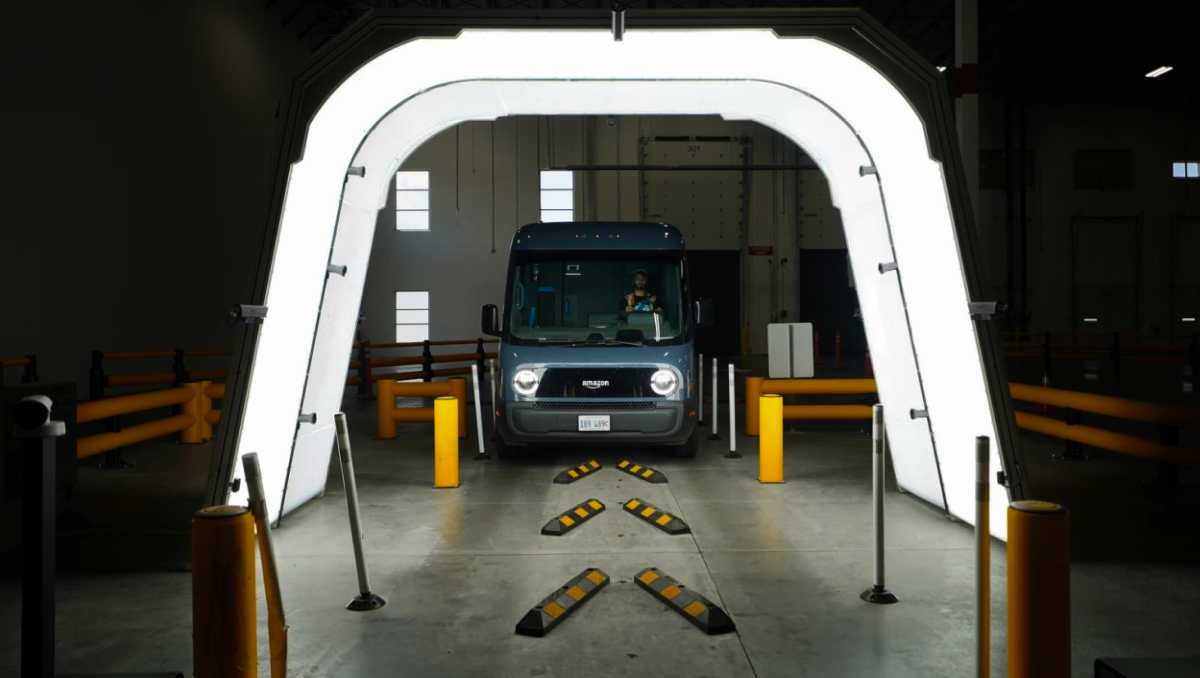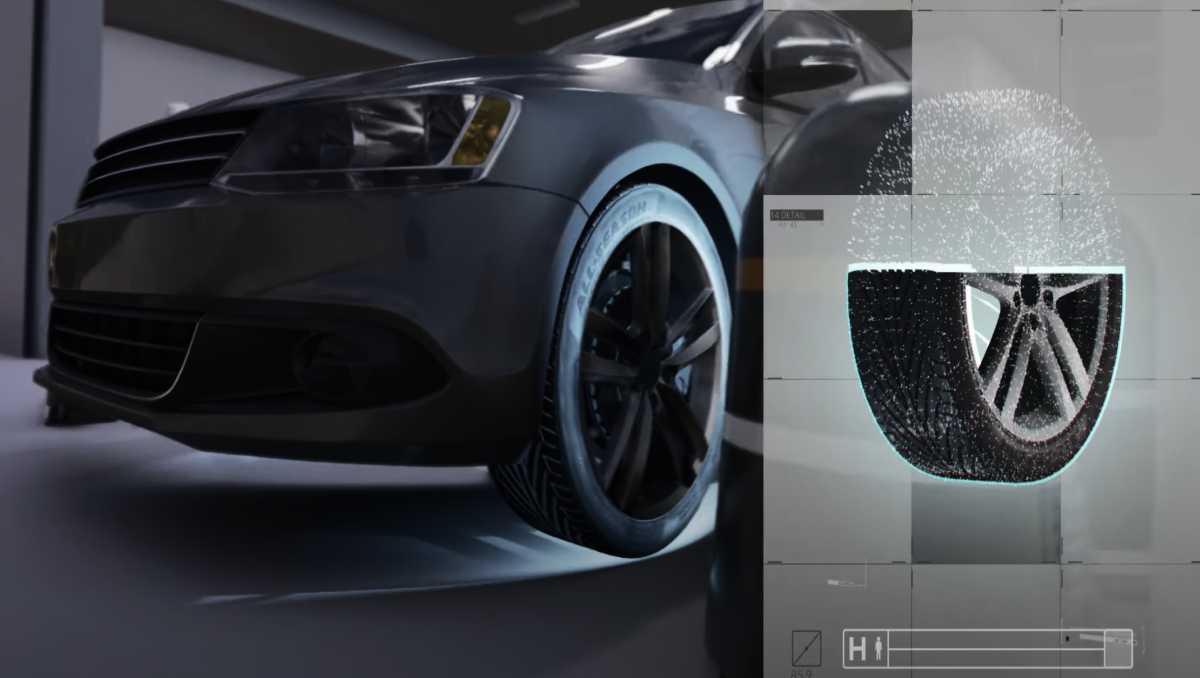AI is Streamlining Vehicle Inspections
Periodic vehicle inspections are typically necessary to evaluate your car’s safety and emissions. The state in which you reside determines when and how frequently these must be completed. Having said this, the inspection process, when performed by a human, can be very time-consuming, which is why companies have developed AI technology to help automate this process. In this article, we will take a look at AI inspection stations and the data annotation required to train this technology.
How Can AI Detect Vehicle Damage?

AI vehicle inspection stations are powered by computer vision cameras that examine the undercarriage of the automobile, the tires, and pay attention to the outside of the car. Machine learning software uses the data it collects to create a three-dimensional (3D) representation of the car, which is then used to determine whether the vehicle requires maintenance or needs damage. Every nail in a tire, fluid leak, ding in a fender, and crack in the windshield ought to be detected by the algorithms.
This technology has already been implemented by large companies, like Amazon, and, according to the company’s management, technology shaves about four minutes off what is usually a five-minute inspection process. That could add up to a lot when multiplied over Amazon’s roughly 100,000-strong global fleet. After over two years of testing, Amazon claims to have deployed the automated vehicle inspection system to 20 delivery locations across the US, Canada, Germany, and the UK, with plans to add hundreds more in the coming years.
What are the Benefits of AI Vehicle Inspections?

Nowadays, an inspection needs a specialist to take all the pictures and record the state of the car. This requires a lot of time in addition to labor. However, AI apps are altering that, enabling anyone with a smartphone to perform their own inspection. AI might speed up the process to minutes instead of hours. Leasing businesses will be able to examine vehicles returning from lease more quickly than ever, which will save them a significant amount of money and time. This is fantastic news for them as well. It will also be considerably simpler to remotely access vehicles in remote or difficult-to-reach regions, which will eliminate the need for assessors to make frequent, long excursions.
AI can be a helpful tool in recommending preventative maintenance because it can properly identify problems even in their very early stages. AI can tell you, for instance, if your air conditioning system is likely to go down soon, so you can plan ahead and avoid getting stranded on your next summer road trip. For car owners, this may be a huge game-changer. Many unanticipated problems might be totally prevented if they heed the AI-generated recommendations and damage detection, saving them frustration, money, and time.
In addition to this, AI technology can be used to make wider company decisions. Therefore, if we return to our example with Amazon, the company may notify city officials about tree trimming or pothole repairs if cars on specific routes or roads exhibit regular patterns of damage. Additionally, Amazon can utilize autonomous vehicle scans to inform its car purchases and give manufacturers input unique to certain terrains. Businesses would be able to approach a carmaker at some point in the upcoming year and inform them of an issue with either the vehicle’s suspension or its tires.
What Types of Data Annotation are Necessary to Train This Technology?

There are several data annotations for computer vision methods needed to train the AI system to properly recognize vehicle damage. One important technique is image classification, which is a type of image annotation that looks for instances of the same things being seen in pictures throughout a dataset. The purpose of this technique is to teach a computer to identify an object in an unlabeled picture that resembles an object in other labeled photos that were used to educate the computer. The process of preparing an image for image categorization is frequently called “tagging.”
Semantic segmentation will also be necessary, which draws lines between related objects and assigns the same identity to each one. When attempting to comprehend an object’s presence, location, and occasionally its size and shape, this strategy is employed. Semantic segmentation is usually used for things that you don’t need to count or track over numerous photos, as the annotation might not indicate the object’s size or shape. It is used when you want objects to be categorized.
Trust Mindy Support With All of Your Data Annotation Needs
Mindy Support is a global provider of data annotation services and is trusted by Fortune 500 and GAFAM companies. With more than ten years of experience under our belt and offices and representatives in Cyprus, Poland, Romania, The Netherlands, India, OAE, and Ukraine, Mindy Support’s team now stands strong with 2000+ professionals helping companies with their most advanced data annotation challenges.





